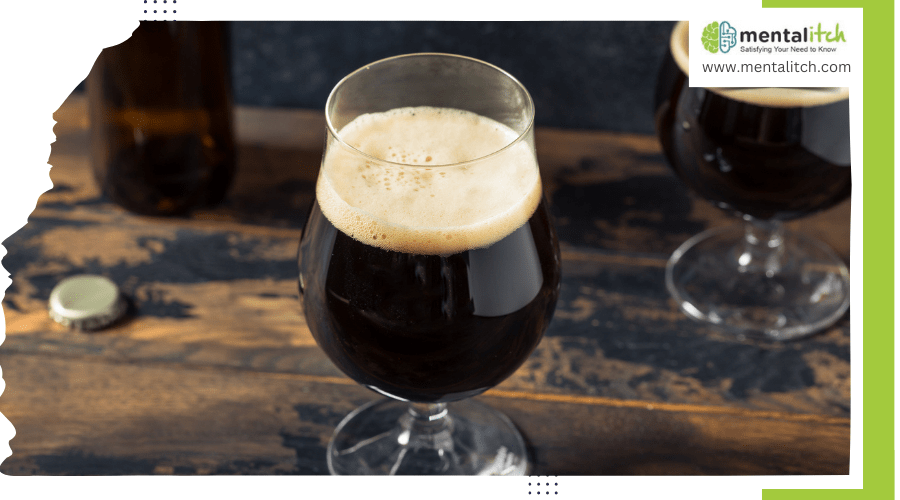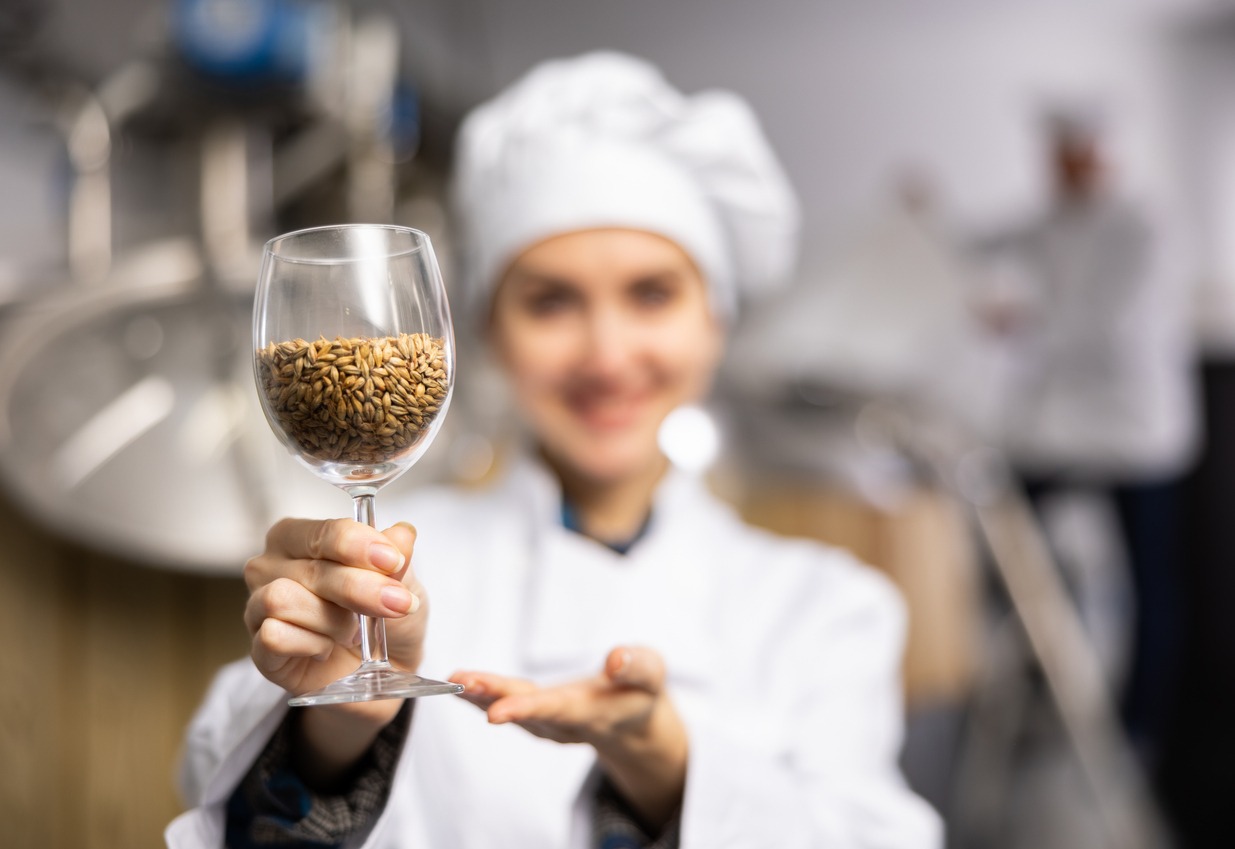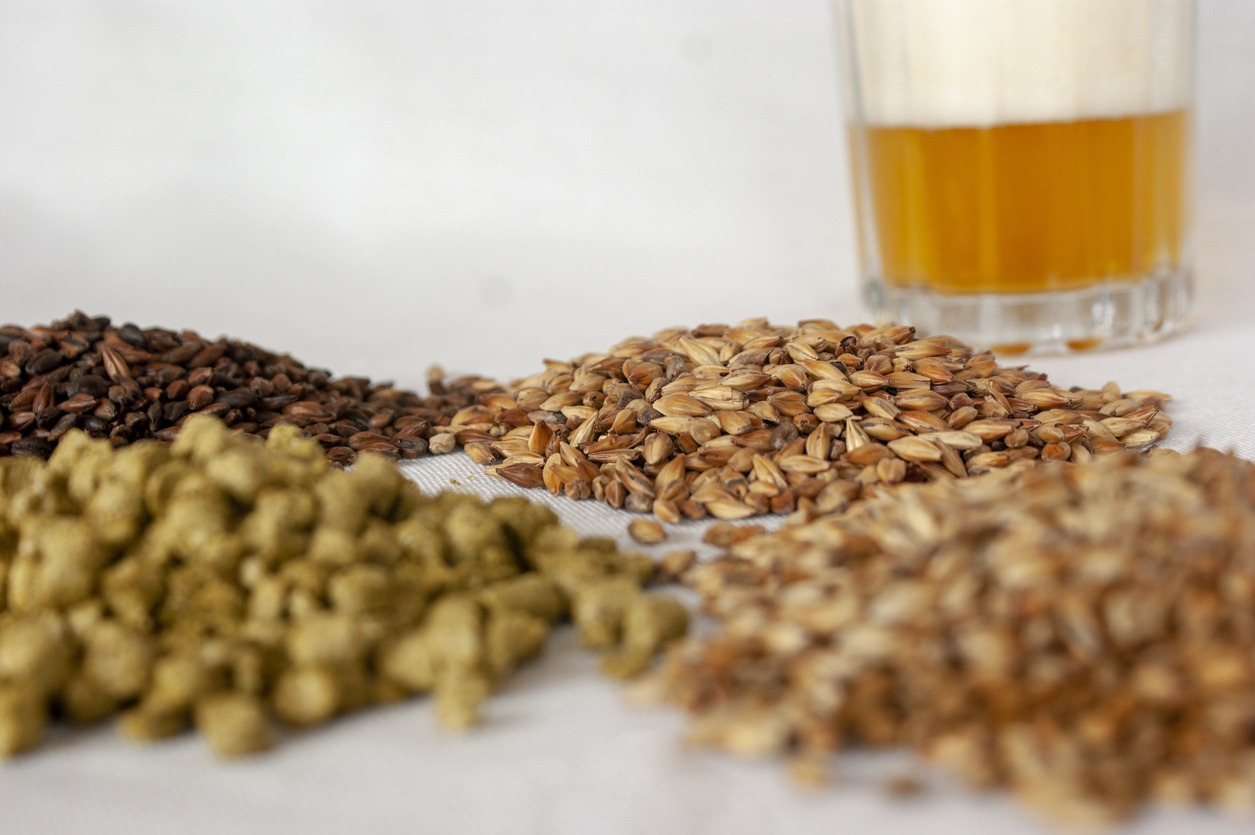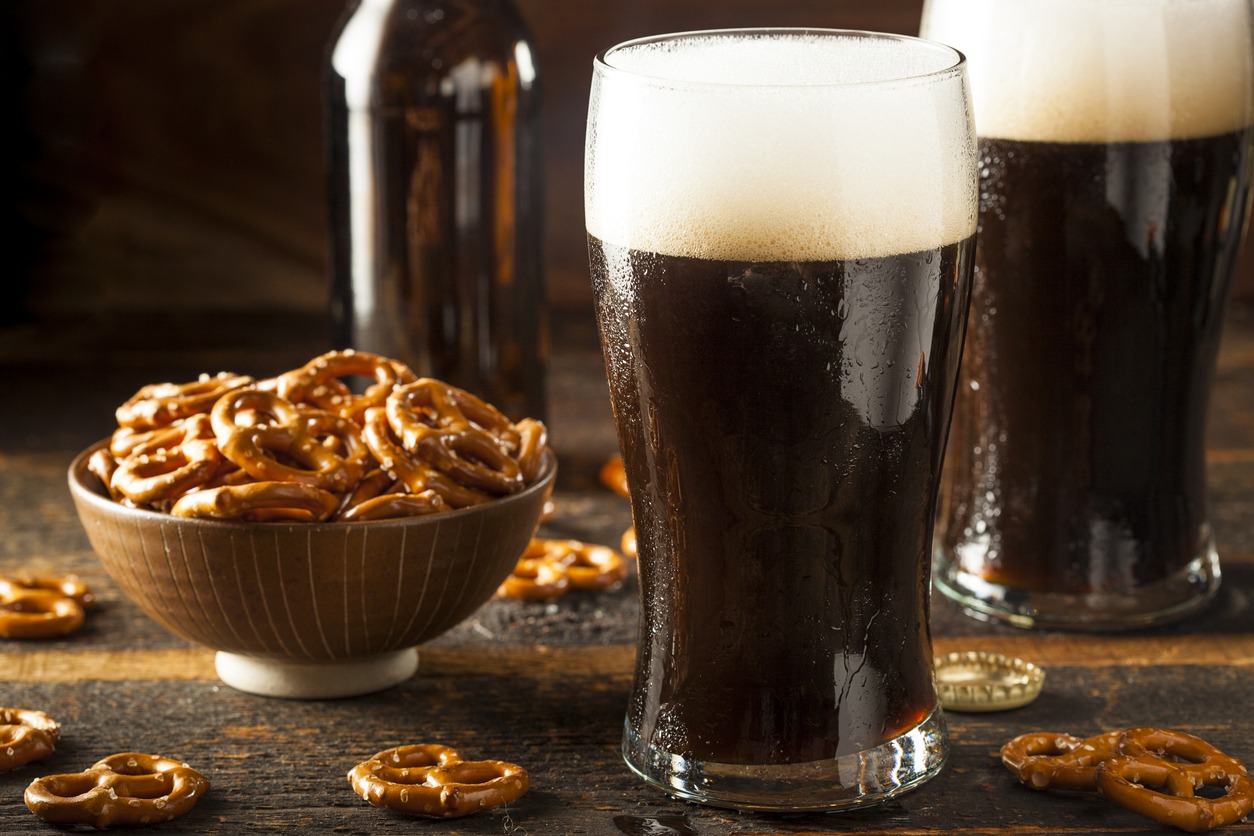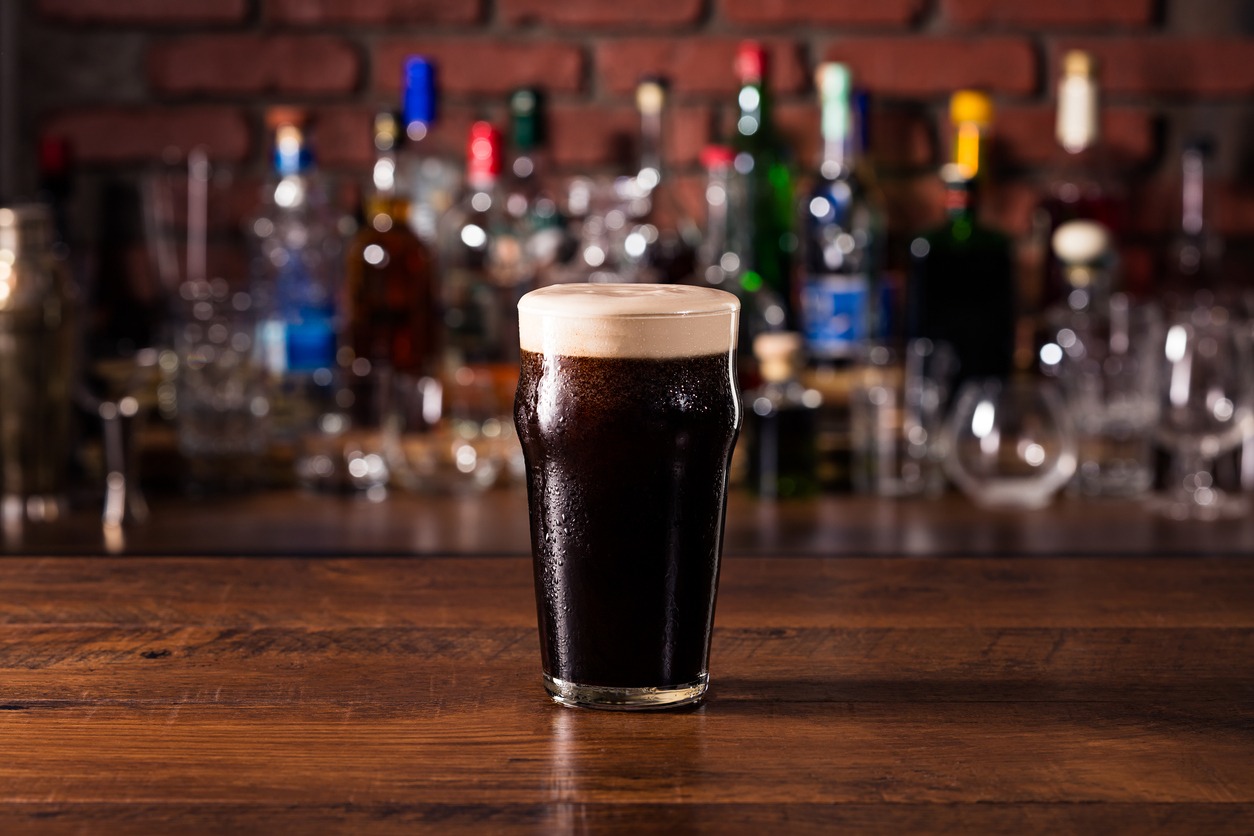When you sip on a porter or a stout, you might wonder what sets these two dark brews apart. While both boast rich, complex flavors, their differences start with the ingredients and extend to their mouthfeel and pairing possibilities.
Porters often use malted barley, which results in a lighter body and subtle chocolate notes. Stouts, on the other hand, incorporate roasted barley, which gives them a thicker body and more pronounced coffee and chocolate flavors. Let’s explore this further.
Historical Origins
Porters first appeared in London in the early 18th century as a darker type of English brown ale. Dock workers liked them because they were strong and flavorful, providing good refreshments after hard work. As porters became popular, brewers experimented with making them stronger, which led to the creation of stouts.
Stouts came from porters and became their own style because they had more alcohol and richer flavors. Arthur Guinness helped make stouts famous in Ireland, especially his Irish dry stout.
The main difference between porters and stouts is their strength and flavor, with porters being lighter and stouts being stronger. Porters are named after the dock workers, and stouts are called stout because they are strong beers. The change from English porters to Irish dry stouts shows these beers’ lasting appeal and history.
Malt Varieties Used
Porters mainly use malted barley, giving them a chocolatey flavor and a lighter body. They also use dark and brown malt, which adds complexity similar to an English brown ale.
Stouts, on the other hand, mainly use unmalted roasted barley, giving them a roastier flavor and a thicker body. This makes their taste stronger, especially in Imperial Stouts. The different types of barley affect not just the flavor, but also the color and feel of the beers.
Here’s a quick comparison:
| Malt Variety | Porter | Stout |
| Primary Barley | Malted Barley | Unmalted Roasted Barley |
| Flavor Profile | Chocolatey, lighter body | Roastier, thicker body |
| Additional Malts | Dark Malt, Brown Malt (English Brown Ale) | Roasted Malt (Imperial Stout) |
Hop Profiles Compared
The hops used in porters and stouts help set these two beer styles apart. Porters usually use earthy, herbal hops like Fuggle and East Kent Goldings. These hops enhance the malt flavors and provide a traditional, balanced taste.
On the other hand, stouts often have more hop bitterness and a wider range of hop flavors, such as floral, piney, and citrus notes. This hop choice balances the rich, roasted malt flavors of stouts. American hop varieties like Cascade and Centennial are often used for their strong, bold flavors, adding complexity to the stout.
Specialty Ingredients Added
Stouts often include special ingredients like oats, lactose, cocoa nibs, and coffee. These add richness and complexity, making stouts popular for craft brewing. Lactose gives a creamy sweetness, while cocoa nibs and coffee add deep, roasted flavors, turning a stout into a dessert-like drink.
Porters, on the other hand, usually stick to traditional ingredients like malted barley. Brewers focus on different types of malt to create complexity and flavor without extra ingredients. By carefully choosing and mixing different malts, porters balance malt flavors and hops, resulting in distinct and nuanced tastes.
While stouts explore new flavors with special ingredients, porters highlight the quality of their core ingredients. Stouts encourage creativity and experimentation in brewing, while porters celebrate traditional brewing methods, showing the richness that comes from malted barley alone.
Flavor Profiles
Porter and stout beers each have unique flavors for different tastes. You’ll notice a balanced taste from malted barley and other malts when you drink a porter. This mix gives porters a complex and exciting flavor.
Conversely, Stouts are known for their rich and bold flavors. Because they use roasted barley, they often taste like coffee and chocolate.
To highlight the flavor differences:
- Porter’s Balanced Taste: Porters generally offer a harmonious blend of malted barley and other malts, resulting in a lighter flavor profile.
- Stout’s Rich Boldness: Stouts present various flavors, from sweet to bitter, primarily due to roasted barley.
- Complex Character: The variety of malts used in porters contributes to their complex character.
- Creamier Mouthfeel: Adding oats in stouts often results in a creamier mouthfeel, enhancing the overall drinking experience.
Texture and Creaminess
The texture of porters and stouts is different. Stouts have a creamier feel because of ingredients like oats and lactose. When you drink a stout, you’ll notice a rich, smooth texture that feels luxurious. Lactose adds sweetness and smoothness, while oats make the texture thick and full-bodied.
Porters, on the other hand, have a drier finish and a lighter feel. They offer a balanced and clean drinking experience, making them feel less heavy and more approachable for some people.
Carbonation Levels
Carbonation levels help set porters and stouts apart and affect how they feel in your mouth. Stouts usually have lower carbonation, making them smoother and creamier. This gives stouts a rich, velvety texture.
Porters, on the other hand, often have higher carbonation. This makes them feel more bubbly and lively, creating a more refreshing drinking experience.
Here’s a concise comparison to illustrate these differences:
| Aspect | Stouts | Porters |
| Carbonation Levels | Lower | Higher |
| Mouthfeel | Smooth and Creamy | Effervescent and Bubbly |
| Texture | Velvety | Lively |
| Drinking Sensation | Rich and Indulgent | Invigorating and Vibrant |
Understanding these distinctions can greatly enhance your appreciation of each beer. Whether you prefer the smooth, creamy mouthfeel of a stout or the lively, effervescent sensation of a porter, knowing these differences helps you enjoy the unique qualities of each style.
Style Variations
Exploring different styles of porter and stout beers reveals a rich variety of flavors and brewing methods. Porter styles like Brown Porter, Robust Porter, and Baltic Porter offer flavors from sweet maltiness to dark roast notes. Stout styles like Dry Irish Stout, Imperial Stout, and Oatmeal Stout each have unique traits, from creamy textures to high alcohol content.
Here are four key points to understand the differences between porters and stouts:
- Porter Styles: These typically highlight classic English brown malt flavors. Brown Porters are milder, while Robust Porters are stronger and hoppier.
- Stout Styles: Each type has its own distinct experience, from the smooth, creamy Oatmeal Stout to the bold, rich Imperial Stout.
- Flavor Profiles: Porters balance malt and hops, while stouts focus on roasted barley and darker flavors.
- Craft Beer Diversity: The wide variety of dark beers ensures there’s something for everyone, whether you prefer malty sweetness or strong, roasted notes.
Popular Porter Types
Porter lovers can enjoy various popular types, each with unique flavors and brewing traditions. Some favorite porter varieties are Baltic Porters, Robust Porters, and Brown Porters. These styles offer tastes ranging from rich chocolate and coffee to sweet caramel.
- Baltic Porters: Known for their higher alcohol content and dark roast flavors. They have a smooth, complex profile with hints of chocolate and coffee, balanced by caramel sweetness.
- Robust Porters: Feature strong, roasty, and hoppy flavors. They offer a bold, intense experience with pronounced roast and a touch of bitterness, perfect for those who like strong flavors.
- Brown Porters: Milder, using brown malt for their roast and chocolate flavors. They provide a gentler, more balanced taste, ideal for those new to porters.
Popular Stout Types
Understanding the differences between porters and stouts can help you appreciate these dark beers more. Here are some notable stout types:
- Dry Irish Stout: Known for its simple yet deep roasted flavor, this stout uses un-malted roasted barley. It’s less sweet than other stouts and has a clean, crisp finish.
- Imperial Stout: High in alcohol content and rich in flavor, this stout often includes ingredients like cocoa nibs or coffee for a bold, intense taste.
- Pastry Stout: Part of the dessert stout category, these are sweeter and more indulgent, with flavors like pistachios or vanilla, making them like a liquid dessert.
- Oatmeal Stout: Made with oats for a smooth, velvety texture, this stout offers rich characteristics and balanced flavor for a smooth drinking experience.
Pairing Suggestions
When pairing beers with food, knowing the flavors of porters and stouts can enhance your meal. Here’s how to pair them:
Porters:
- Roasted meats: Porters go well with BBQ ribs, as their smoky, caramel notes complement the savory meat.
- Sharp cheeses: Porters enhance the bold flavors of sharp cheeses.
Stouts:
- Rich desserts: Stouts are great with chocolate cake. The beer’s deep, roasted flavors and slight bitterness contrast nicely with the dessert’s sweetness.
- Creamy dishes: Stouts add complexity to creamy pasta or risotto.
- Spicy foods: The creamy, slightly sweet nature of stouts can balance the heat of spicy dishes.
Conclusion
Porters and stouts are both rich, dark beers, but they have distinct differences. Porters typically use malted barley, offering a lighter body with chocolatey notes, while stouts use roasted barley, resulting in a thicker body with pronounced coffee and chocolate flavors. Understanding these differences can enhance your appreciation of these beers.
Porters are often paired with roasted meats and sharp cheeses, while stouts are great with rich desserts, creamy dishes, and spicy foods. Whether you prefer the balanced flavors of porters or the bold, creamy richness of stouts, there’s a variety of styles to explore in both categories. Enjoy discovering the unique qualities each beer has to offer.
